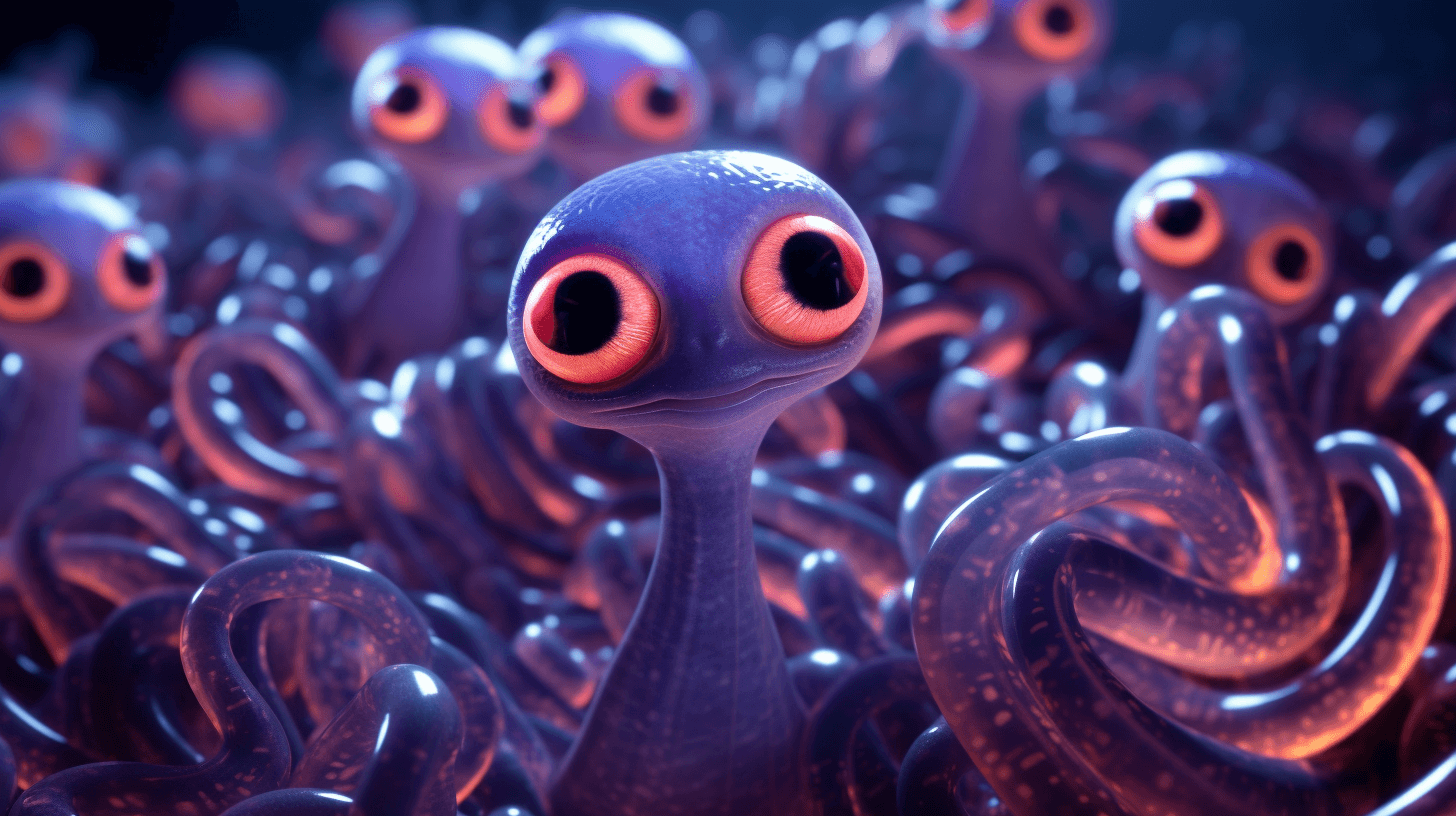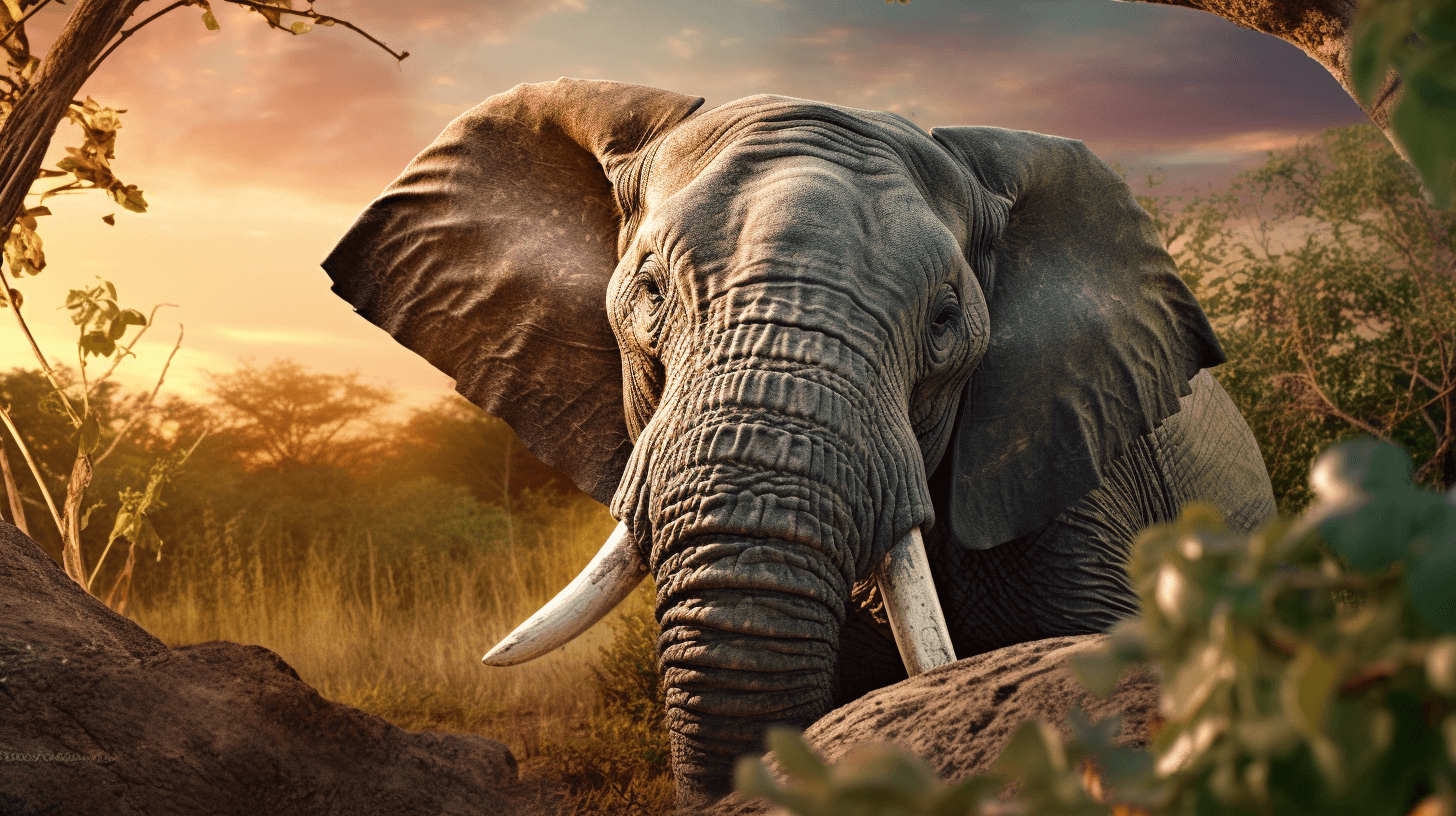😲🐍🍽️ Caecilians Like Munch On Momma’s Skin, Brah!
⬇️ Pidgin | ⬇️ ⬇️ English
Eh, you eva heard of caecilians? Dey like one kine mix of snake and worm, no mo’ legs, and da buggahs love for snack on top their momma’s skin! 🐍✨ When dey small kine babies, dey use their sharp likkle teeth fo’ scrape and eat their mother’s skin. Dis skin not alive but stay loaded with good kine fats and nutrients. And bam! In tree months, dey big kine teens ready fo’ live on their own. 🤙🍼🌱
But, ho, dis weird kind action get one purpose, yeah? One study wen come out in May say dis skin munching helps da mommas give their special kine germs (da microbiomes) to their keiki. Dis da first time us guys seen dis in amphibians. And guess wat, when you look inside their opu, dey get skin inside! 😯🔍
Now, caecilians stay kinda different compared to other amphibians. Dey no mo’ legs, super small eyes, sometimes da eyes even covered with skin, and dey get two small tentacles for feel around. Not too many amphibians take care their keiki – most frogs and salamanders just leave their eggs once they hatch – but caecilians, dey get some ono parenting moves. 🐸🥚❤️
Some caecilians give birth and da babies already had grind on da skin inside da mom. Others take care their eggs and then give some skin layers for da babies wen they hatch. Da big question stay: which one wen come first, and how much dis helps da keiki survive? 🤔
Dr. Blackburn and his crew went dig around in da tropical rainforest of Cameroon and caught 29 of these skin-eating caecilians. Dey wen check out 1.5 million sequences of microbial DNA from the caecilians – from males, females, and da young ones – and also from the environment. Most times, da bacteria from the keiki no was same as the ones from the leaves, water, or dirt. But some of the keiki had almost 20% of their germs matching with their momma’s skin or gut germs. 🌿💧🧬
Carlos Jared from Brazil, one expert on caecilians, wen say he had one feeling about dis for 20 years. He neva work on dis study but he stay stoked dat his guess wen come true. Dis skin eating behavior is kinda like how mother’s milk works, yeah? And it shows how reproduction has big effects on other parts of biology. But, still get choke things for learn. 🇧🇷💭📘
For example, some caecilian kinds stay poisonous. Wat happens wen da keiki eat da skin with poison? And wat about the skin diseases dat stay hurting other amphibians, do da caecilians get affected too? 🤢🐍❓
Dey been around for more than 200 million years, but still get plenny we no know about them. And, brah, hard for see if dis same kine stuff happens with other amphibians.
Dr. Blackburn say, “Dey stay different from frogs and salamanders. If we group them all together, be like saying whales same as horses.” 🐳🐎🤷♂️
But, eh, one thing for sure: Nature stay full of surprises, and caecilians – dey one of da biggest! 🌺🌋🌴🎉
NOW IN ENGLISH
😲🐍🍽️ Caecilians Love Snacking on Their Mom’s Skin!
Ever stumbled upon caecilians? They’re this fascinating mix of snake and worm, legless wonders, and guess what? They have an unusual diet: their mother’s skin! 🐍✨ As infants, these creatures use their sharp little teeth to feast on their mom’s skin. This skin isn’t just any regular skin but is packed with nutrients and fats. And just like that, in a mere three months, these tiny babies transform into independent adolescents. 🤙🍼🌱
But there’s a method to this madness. A recent study released in May suggests that this skin-eating habit allows mothers to transfer their unique microbiomes to their offspring. This happens to be the first documented case of such microbiome transfer in amphibians. And when you peek into their stomachs, unsurprisingly, you find skin! 😯🔍
Caecilians are quite the exception in the amphibian world. They’re legless, with tiny eyes, sometimes even veiled by skin, and they possess two small tentacles for sensing their surroundings. Not many amphibians actively parent their young – while most frogs and salamanders lay their eggs and then depart, caecilians showcase advanced parenting techniques. 🐸🥚❤️
Some caecilian species give birth to young ones that have already dined on skin from within the mother. Others, however, keep an eye on their eggs and then offer a layer of their skin to the newly hatched babies. The intriguing question is: which of these behaviors evolved first, and to what extent does it benefit the offspring? 🤔
Dr. Blackburn and his team embarked on an expedition in the tropical rainforests of Cameroon, eventually securing 29 of these skin-devouring caecilians. They then examined 1.5 million microbial DNA sequences from these caecilians – male, female, and young – as well as from the local environment. Interestingly, the microbial DNA from the babies often didn’t match the DNA from the surrounding leaves, water, or soil. However, in some cases, up to 20% of the baby’s microbiome resembled that of their mother’s skin or gut. 🌿💧🧬
Carlos Jared from Brazil, who has extensively studied caecilians, revealed that he had been speculating about this phenomenon for over two decades. Although he wasn’t part of this particular study, he’s elated that his long-standing hypothesis has been substantiated. This skin-feeding behavior can be likened to the benefits of breastfeeding in mammals. However, a lot remains unknown. 🇧🇷💭📘
For instance, certain caecilian species are venomous. What’s the impact when the young consume this venom-laced skin? Plus, with prevalent skin diseases adversely affecting other amphibians, is there a risk for caecilians too? 🤢🐍❓
Caecilians have graced our planet for over 200 million years, yet there’s so much that remains undiscovered about them. And it’s challenging to draw broad conclusions about their behavior in relation to other amphibians.
Dr. Blackburn points out, “They’re distinct from frogs and salamanders. Clubbing them together would be akin to categorizing whales with horses.” 🐳🐎🤷♂️
But one thing is crystal clear: Nature is replete with wonders, and caecilians stand out as one of its most intriguing marvels. 🌺🌋🌴🎉







